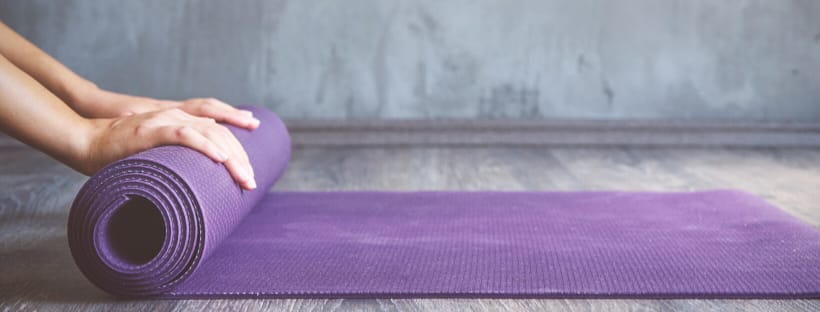Weekly Update
Lymphatic massage; not for everyone, every time
Following on from last week’s blog on lymphatic massage, I wanted to touch on something just as important – knowing when it might not be suitable.
While lymphatic drainage is incredibly gentle and can be wonderfully supportive, it’s not always the right option for everyone, all the time.
Like all treatments, it depends on what’s going on in your body – and sometimes the kindest thing is knowing when to pause or ask more questions before booking in.
Here are some of the most common reasons we might take extra care – and the reasoning behind each.
Clotting disorders (e.g. Factor V Leiden, or history of DVT)
Even though lymphatic massage is light, there’s still a small risk involved if you’re prone to blood clots.
If there’s an un-diagnosed or lingering clot deep in the leg, any manipulation of the surrounding area – no matter how gentle – could potentially dislodge it.
If that clot travels to the lungs, it could cause a serious issue such as a pulmonary embolism.
But…
If your condition is well-managed, and there’s no recent clotting event, it might still be suitable with guidance from your GP or consultant.
This one really is case-by-case.
Active infections or fever
Your body is already busy fighting something off, and lymphatic drainage stimulates your immune and waste-clearing systems.
Encouraging flow at this time might spread the infection more quickly or overload your system when it needs rest most.
Best thing?
Wait until you’re fully recovered, then come and enjoy the benefits once your body is ready for support – not strain.
Heart conditions (e.g. heart failure)
Lymphatic drainage moves fluid back into the circulatory system, which can temporarily increase the workload on your heart.
If your heart is already struggling, this added volume could be risky.
But with the all-clear from your cardiologist, a gentle, adapted approach may still be possible in certain cases.
Kidney issues
The lymphatic system helps transport waste, which your kidneys then need to process.
If kidney function is impaired, moving fluid too quickly might increase the burden on them and cause swelling or imbalance.
Again, not always a firm no – just a check first.
Cancer (active or undergoing treatment)
In cases of active cancer, particularly those involving the lymph system, massage could potentially influence the spread of cells.
During or shortly after treatment, the immune system is also often more vulnerable.
That said…
Lymphatic drainage is commonly used after cancer treatment, especially when there’s swelling (lymphoedema).
It just needs to be done at the right time and usually by a specialist with oncology training.
So… is it always a no?
Not at all.
It’s not about fear – it’s about being respectful of your body’s state and rhythm.
Lymphatic massage can be incredibly helpful, but like all good therapies, timing and context matter.
The right treatment at the wrong time is still the wrong treatment.
Lymphatic massage can be powerful but – so is knowing when to rest, wait, or explore another option.
Sam ‘helping you always’ Hobbs



